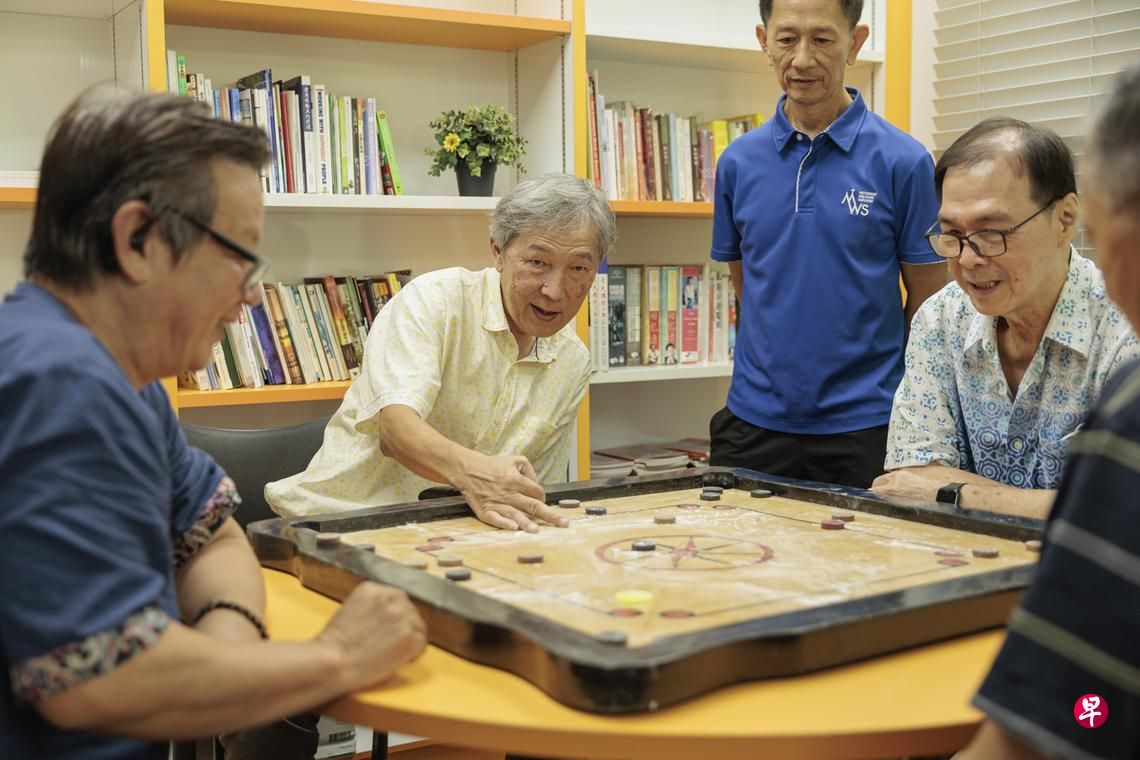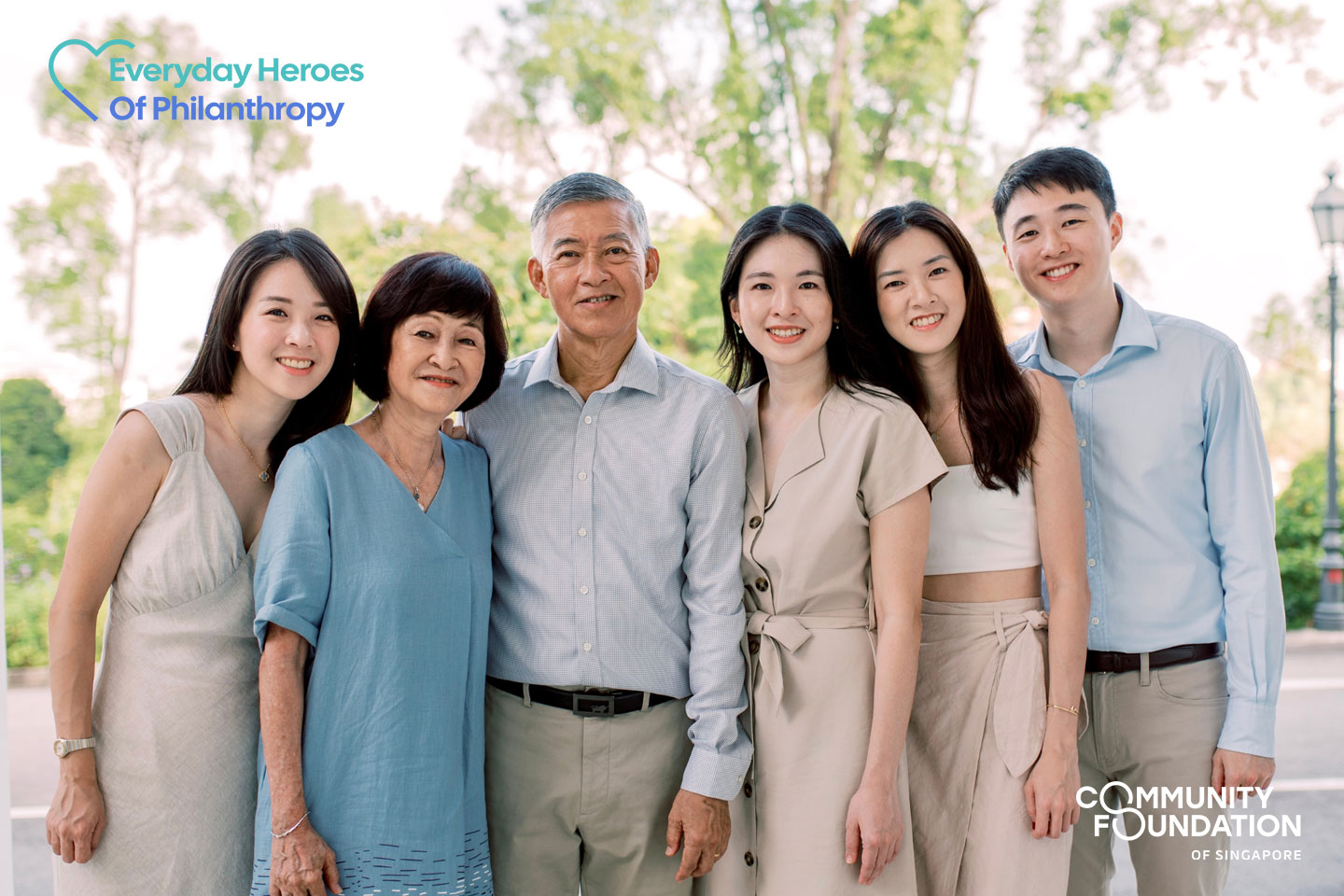International Women’s Forum: From seeding bursaries to expanding horizons for young women


Grit. Confidence. Passion. When it comes to long-term success, these qualities matter.
For Chen Si, an awardee of the International Women’s Forum Singapore (IWF) Education Grant, her pursuit to become a psychologist was driven by a personal conviction. “Two of my close friends almost lost their lives to depression. I’m convinced mental health is a serious issue and I hope to be there for those who struggle in the dark,” says Chen.
Started in 2014 and managed by the Community Foundation of Singapore (CFS), the IWF Education Fund has been supporting young women from financially-challenged backgrounds during their tertiary education. To date, the IWF Education Grant has disbursed over $150,000 to 60 young women from 12 local tertiary institutions.
But beyond affirming academic excellence, the grant has also aimed to nurture women of ‘steel’ – individuals with the character and commitment to achieve in their chosen field. Applicants for the education grant are personally screened by IWF, whose panel includes some of Singapore’s top women business leaders, to recognise young women with the potential to excel and give back to society.
For Chen Si, receiving the IWF Education grant has been a great encouragement. “It affirms the work I do and spurs me to achieve excellence in what I believe in”, she says.
With CFS’s facilitation, the IWF Education Grant has in recent years expanded to more tertiary institutions, including the Nanyang Academy of Fine Arts (NAFA) and LASALLE College of the Arts, thus supporting women who wish to pursue alternative career paths.
The IWF Education Grant has also grown to include a mentorship programme, in collaboration with the Young Women’s Leadership Connection (YWLC). All recipients of the IWF Education Grant are eligible to apply for the IWF-YWLC Mentorship programme, which opens doors for these young women to benefit from connections to successful women mentors, whether it’s building confidence, valuable industry contacts, or a role model they can learn from.
Celeste Marie Jacob, previously an opera student at NAFA, and who now teaches voice at a local music school, received the IWF Education Grant and took part in the IWF-YWLC Mentorship Programme. She was delighted to find that her mentor, despite coming from a business background, helped her to address her career concerns as an arts practitioner.
“It was important for me to think outside my job scope and have interactions with people from different backgrounds,” says Celeste. “As an opera student, my mentor opened my eyes to see new possibilities and opportunities to use my skills.” As a result of the mentorship, Celeste began emceeing for concerts and productions, which has benefited her through the additional income.
For Chen Si, the mentorship programme has offered support in a time of transition to work life, “My mentor reminded me to stay rooted in my values and beliefs and strive for excellence with confidence. With this confidence, I am now better able to face the uncertainties of the future and take things in my stride.”
Goh Swee Chen, President of the IWF Grant Committee Singapore said, “Over the last five years, it has been a joy to see the IWF Education Grant blossom and become a catalyst for personal and professional growth for these talented young women. Empowering women is not merely about supporting them financially, but exposing them to opportunities, networks and career options as they make this critical transition from student to working life. CFS’s facilitation has played a pivotal role, helping to establish a strong foundation that has enabled us to develop collaborations and increase our impact over time.”
Grit. Confidence. Passion. When it comes to long-term success, these qualities matter.
For Chen Si, an awardee of the International Women’s Forum Singapore (IWF) Education Grant, her pursuit to become a psychologist was driven by a personal conviction. “Two of my close friends almost lost their lives to depression. I’m convinced mental health is a serious issue and I hope to be there for those who struggle in the dark,” says Chen.
Started in 2014 and managed by the Community Foundation of Singapore (CFS), the IWF Education Fund has been supporting young women from financially-challenged backgrounds during their tertiary education. To date, the IWF Education Grant has disbursed over $150,000 to 60 young women from 12 local tertiary institutions.
But beyond affirming academic excellence, the grant has also aimed to nurture women of ‘steel’ – individuals with the character and commitment to achieve in their chosen field. Applicants for the education grant are personally screened by IWF, whose panel includes some of Singapore’s top women business leaders, to recognise young women with the potential to excel and give back to society.
For Chen Si, receiving the IWF Education grant has been a great encouragement. “It affirms the work I do and spurs me to achieve excellence in what I believe in”, she says.
With CFS’s facilitation, the IWF Education Grant has in recent years expanded to more tertiary institutions, including the Nanyang Academy of Fine Arts (NAFA) and LASALLE College of the Arts, thus supporting women who wish to pursue alternative career paths.
The IWF Education Grant has also grown to include a mentorship programme, in collaboration with the Young Women’s Leadership Connection (YWLC). All recipients of the IWF Education Grant are eligible to apply for the IWF-YWLC Mentorship programme, which opens doors for these young women to benefit from connections to successful women mentors, whether it’s building confidence, valuable industry contacts, or a role model they can learn from.
Celeste Marie Jacob, previously an opera student at NAFA, and who now teaches voice at a local music school, received the IWF Education Grant and took part in the IWF-YWLC Mentorship Programme. She was delighted to find that her mentor, despite coming from a business background, helped her to address her career concerns as an arts practitioner.
“It was important for me to think outside my job scope and have interactions with people from different backgrounds,” says Celeste. “As an opera student, my mentor opened my eyes to see new possibilities and opportunities to use my skills.” As a result of the mentorship, Celeste began emceeing for concerts and productions, which has benefited her through the additional income.
For Chen Si, the mentorship programme has offered support in a time of transition to work life, “My mentor reminded me to stay rooted in my values and beliefs and strive for excellence with confidence. With this confidence, I am now better able to face the uncertainties of the future and take things in my stride.”
Goh Swee Chen, President of the IWF Grant Committee Singapore said, “Over the last five years, it has been a joy to see the IWF Education Grant blossom and become a catalyst for personal and professional growth for these talented young women. Empowering women is not merely about supporting them financially, but exposing them to opportunities, networks and career options as they make this critical transition from student to working life. CFS’s facilitation has played a pivotal role, helping to establish a strong foundation that has enabled us to develop collaborations and increase our impact over time.”
- Related Topics For You: ACCESSING QUALITY EDUCATION, ARTS & HERITAGE, CHARITY STORIES, DONOR STORIES, EDUCATION, IMPROVING EMPLOYABILITY, STORIES OF IMPACT, YOUTH



